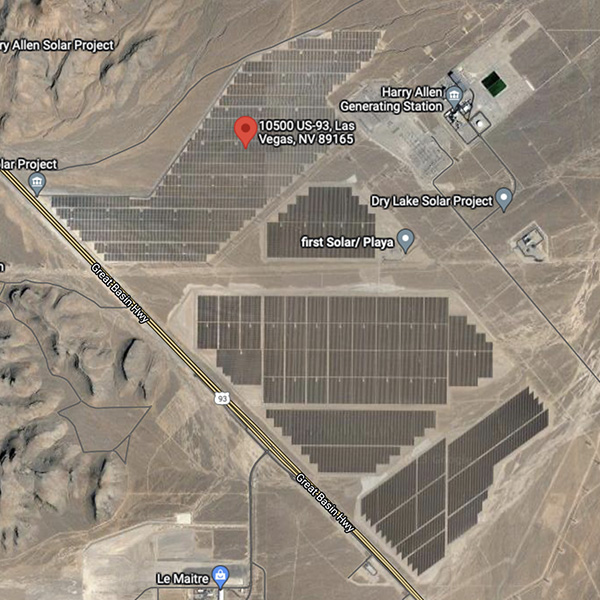Hydro-Québec’s CEO stepped down this week, sending a shockwave through the Canadian energy sector that could reverberate into New England.
Sophie Brochu’s resignation came amid tensions between the utility and the Québec government, which has pushed to “lure new power-hungry industrial users to the province,” the Montreal Gazette reported on Tuesday.
Brochu had been CEO of HQ since 2020 and had said as recently as October that she would stay on “as long as the company’s governance framework remained ‘healthy,’” the Gazette wrote.
The leadership upheaval comes as New England continues to heavily rely on imports from Québec to keep its own grid in good condition. HQ and its U.S. partners have also struggled to site the New England Clean Energy Connect transmission line, intended to bring down even more Canadian hydropower to the areas of heaviest electricity demand in southern New England.
In 2021, New England imported 16% of its electricity from neighbors, with most of that (13,617 out of a total 18,718 GWh in imports) coming from Québec.
Push and Pull
HQ spokesperson Lynn St-Laurent told RTO Insider that the company “has been a committed energy partner to New England for several decades and there isn’t any reason at all to assume that this will change.”
The company’s strategic moves, however, have led some in the New England energy sector to wonder about the Canadian province’s ability to continue sending its power to the Northeast U.S.
In its recent history, HQ has had a “pretty aggressive stance to maximize the revenue of exports,” said Dan Dolan, president of the New England Power Generators Association.
And the Canadian utility recently looked to build its presence in New England by buying Great River Hydro and its fleet of 13 generating stations in the region.
But in a strategic plan led by Brochu last year, HQ warned that its energy and capacity balances are going to tighten over the next few years, and that the region will need new supplies by 2026.
“Electricity demand is … expected to rise, even though the rate at which the new needs will materialize is uncertain. As a result, we must prioritize the uses that stand to create the greatest value for Québec,” the plan said.
How HQ responds to those needs is likely to have an impact on New England, said Dolan
“In a time of transition, it will be fascinating to see if there’s a continuation of that [aggressive stance] or if we see a shift to taking a more inward look, because Québec for the last several years and during Christmas Eve, has had serious internal supply issues,” Dolan said.
But St-Laurent noted that the strategic plan also calls for HQ to “increase our presence and operations in neighboring markets.”
Christmas Eve in the Spotlight
The events of Dec. 24 in New England are a clear example of the region’s reliance on Québec.
One of the key triggers in the buildup to the Christmas Eve energy shortage was a sudden drop in imports from HQ.
It occurred as the Canadian province was dealing with a major storm and transmission outages, which forced it to reduce its exports to New England.
“In Québec, they were fighting both an actual load that was well above their forecast and the outages on their transmission lines. They were battling their own issues,” said ISO-NE COO Vamsi Chadalavada at a recent NEPOOL meeting.
“The reduction of imports on Phase 2 over the day were because of what Québec was experiencing, but it did have a significant impact on us.”
The loss of imports combined with generation outages in New England ultimately led the grid operator to go into its Operating Procedure 4 for the first time since 2018, and to subsequently dish out $39 million in pay-for-performance penalties to generators.
HQ says it upheld its contracted capacity sale obligations and helped maintain reliability in New England during the event.
“HQ maintained a reasonable level of export throughout the period despite the loss of transmission capacity in Québec,” St-Laurent said. “In regards to its current capacity sale commitments in New England, HQ actually delivered more than what was committed during this period — 856 MW.”
The reductions were caused by HQ pulling back temporarily in the short-term spot market, she said.
But for NEPGA’s Dolan, the event was another example of the precarious nature of bringing in electricity from other regions.
“They didn’t pull back imports because they felt like it. They did it because they had a very high load show up on Christmas Eve,” he said. “It’s a provincially owned utility, and that’s exactly what they should do. But it does create questions and consequences for us as an importing region.”
St-Laurent said demand in Quebec on Dec. 24 was 31,510 MW, 9,000 MW short of its winter peak.
This story has been updated to include comment from Hydro-Quebec.

